Richard shares his top tips for making Japanese language learning fun, and digs into the importance of 空気を読む (kuuki wo yomu, aka reading the room).
Welcome to the Senpai Success Story, where you can read about others who have walked a unique career path using their Japanese language/cultural skills. (Psst: Senpai means “mentor” or “teacher,” and the concept is important to understand for anyone wishing to work in a Japanese business setting.)
What is IKIGAI?
Ikigai, as none of you need reminding, is a reason for living, the purpose you target and where your talents and what you love and value in life come together.
Its origins and lack of a direct equivalent in English explain why it remains in romanized Japanese form and bring to mind other Japan-born terms like ‘kotatsu’ that have to be described and explained rather than translated. In the latter case: ‘a low table heated underneath and covered with a blanket.’
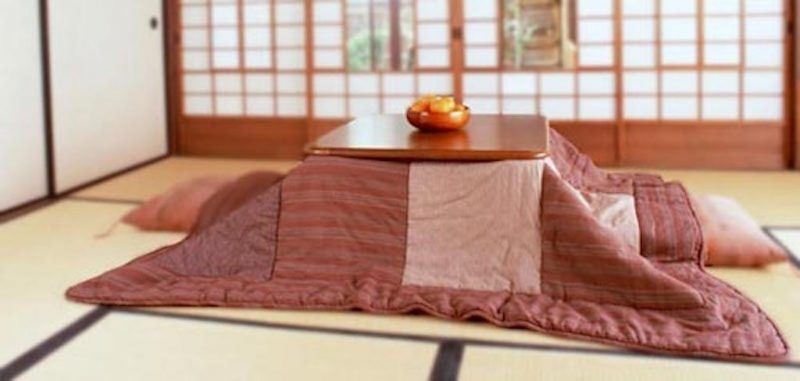
Read on for a snapshot of my own personal journey in Japan – how I discovered the country, its people and fluency in the language. I hope to provide useful and interesting pointers and links and reading material you may find useful.
In earthquake-prone Japan, change is one of the few constants. The learning journey is endless. It’s like the Golden Gate Bridge analogy – once you’ve finished painting it, it’s time to start again. 🙂
Why I came to Japan?
The one we get asked more than any other. The main reason? Whizz back to 1990 or so and my mid-teens. Insomnia in the indigo hours one morning, pre-Facebook, compelled me to turn on the TV. I discovered a BBC documentary on distant Japan, whisking me back to a childhood dream where all roads led to Tokyo.
I grew up in leafy Devon, UK, in a small town of 11,000 called Tavistock. Many would call it idyllic and as an adult, I see why. As a child though, I longed for the opposite. I wanted to be one of tens of millions who called Tokyo home on the other side of the world. The shakuhachi theme, the bullet train, the Shinto shrines and the dazzling Ginza district.
That hour in front of the flickering TV screen – while the family slept – changed the course of my life. Without it, I would almost certainly be elsewhere. Thanks to the wonders of YouTube, you can watch what inspired and enticed me 30 years ago via this link: BBC Japanese Language and People (YouTube).
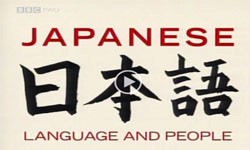
The best Japan travel writer ever
One game-changing episode stands out, entitled ‘On the Road’. 12 minutes well worth your time here (YouTube).
Alan Booth was a travel writer who came to Japan in the 70s to study Noh theatre and sadly passed away before I could meet him. He walked the length of Japan, from the top of Hokkaido to Kagoshima. I rank his books as the best ever travel writing on Japan and many agree. Wherever you are, if you want to read and conjure up a mental picture of Japan, his anecdotes, wry insights, encounters, metaphors and vivid descriptions are unrivaled: https://amzn.to/3cok6yI
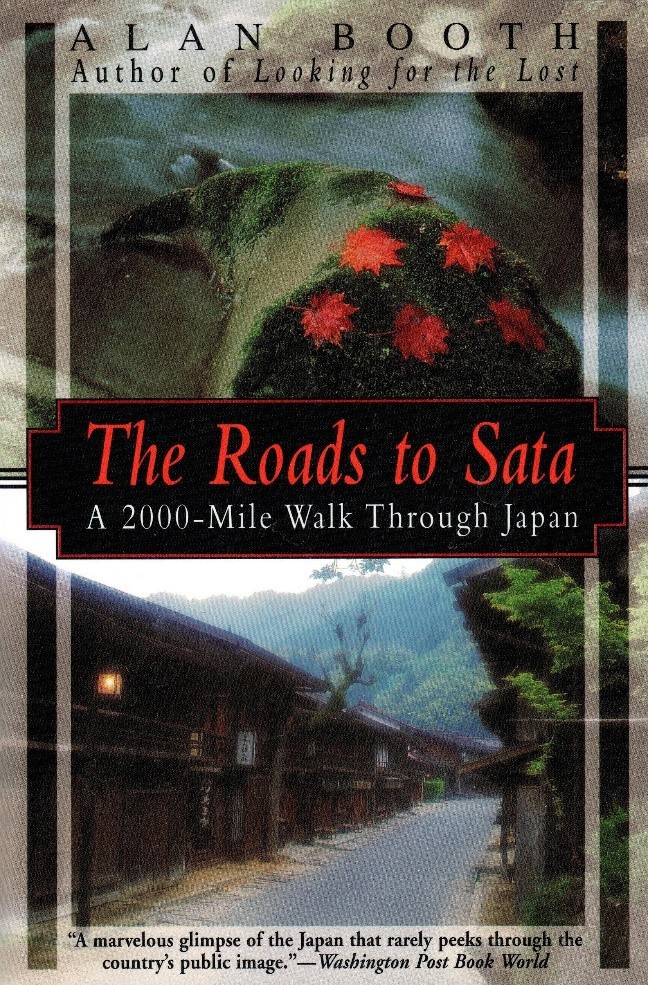
And turning to the Japanese language itself, Alan’s route to virtually flawless fluency came via his favorite red lantern watering hole in Shinjuku. A place where locals treated him as one of their own and where, many visits and beers later, he picked up native-level linguistic ability.
Personally, I came to Japan from English-speaking Singapore and had to learn the hard way, like so many of you, over endless cups of tea rather than beer. I was lucky to find a good teacher in Tokyo who made the difference and reflecting on this, here are my tips for the whole Japanese learning experience:
3 Japanese learning tips:
#1 Rapport matters
1. Rapport with the teacher is absolutely crucial. Not even the best teacher in the world can force-memorize the kanji for you. But they can motivate you, encourage you to learn, spot your errors, tweak your techniques, play to your strengths.
For me, ideally, they should coach more than inculcate information. If you don’t look forward to your lessons, then it won’t work, in my brutally honest experience.
#2 Make more sense of it with this
2. Once you’ve learned some Japanese, perhaps many of you via ‘Minna no Nihongo’ or ‘Japanese for Busy People’ – I’ve never yet found a better book on understanding Japanese than this classic by Jay Rubin, Harvard Professor and famed translator of Murakami Haruki: https://amzn.to/2G0Tkk0
(the almost perfect ratings are well deserved)
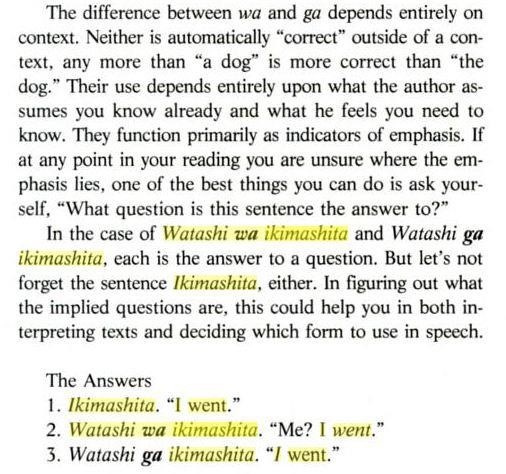
#3 Indulge your language quirks
3. Indulge the language quirks you enjoy most. I’m assuming most of you actively enjoy the learning experience and the whole interplay of grammar, semantics and linguistic elements. My (arguably nerdy) confessions:
– The first Japanese I learned off my heart was the keigo announcement on the shinkansen, after riding it over 100 times between Kanto and Kansai. I can still recite it almost word perfectly on a good day.
– I indulged in remembering random and useless strings like knowing all the 29 stations in order on the Tokyo Yamanote loop line. Useless for job purposes but it will impress and delight most Japanese people aged 25 or below and the Yamanote Game makes a decent ice-breaker: each person has to recite a different station between claps in a circle or drink.
– The first kanji I learned was 谷 meaning ‘valley’. Why? Because my first trip to Japan saw me stay at the Imperial Hotel in Tokyo, in Hibiya, and the ‘ya’ of 日比谷 resembled a house, which helped me find my way back to the hotel.
– I loved (and still love) over-translating, so over and above romanized place and station names, I would want to get to the bottom of how that name came about. What is the etymology behind Shinjuku and Mitaka, for example, ‘new inn’ and ‘three hawks’? There are too many to explain here but my personal favorite is a station in Hokkaido called ‘愛山’ meaning ‘Love Mountain’
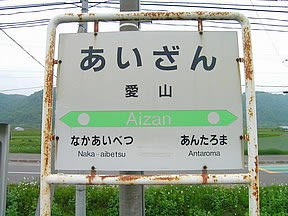
Reflecting on it all, nearly two decades later
Now, 18 plus years after coming to Japan and translating full time, many former hurdles have been overcome and as a permanent resident, with a family here, almost 20 years of top-level freelance experience and some very Japanese roles like PTA chairman, my perspective has turned full circle and sharing some insights like this is a pleasure.
Reading the air and invisible walls
I want to close by citing what is perhaps the biggest cultural challenge to foreigners here, leaving aside language for a moment. As the Japanese themselves say – ‘kuki yomu’ – reading situations and people – is a crucial life skill here. The radar you need to detect tatemae (what you think a person wants to hear) and honne (your real views) takes years and many encounters to hone (no pun intended!).
But once you get a sense of the real message a local is giving you in Japan, whether it’s a date, business meeting or restaurant meal, through their body language and gestures (or lack thereof), you waste less time, get less stressed and can politely extricate yourself from awkward conversations and moments far more quickly.

Moreover, crucially, once your Japanese reaches a level where you can converse comfortably with locals, build up rapport, and make friends and acquaintances, you will find this gives you invaluable ‘social proof’ in many situations. I wish you all well and I hope my reflections and tips have been of some use.
Richard MORT
For more on myself, personally and professionally:
My FB: http://www.facebook.com/tokyogreeneyes
My LinkedIn: https://www.linkedin.com/in/richardmort/
Email: edit@nativechecker.com